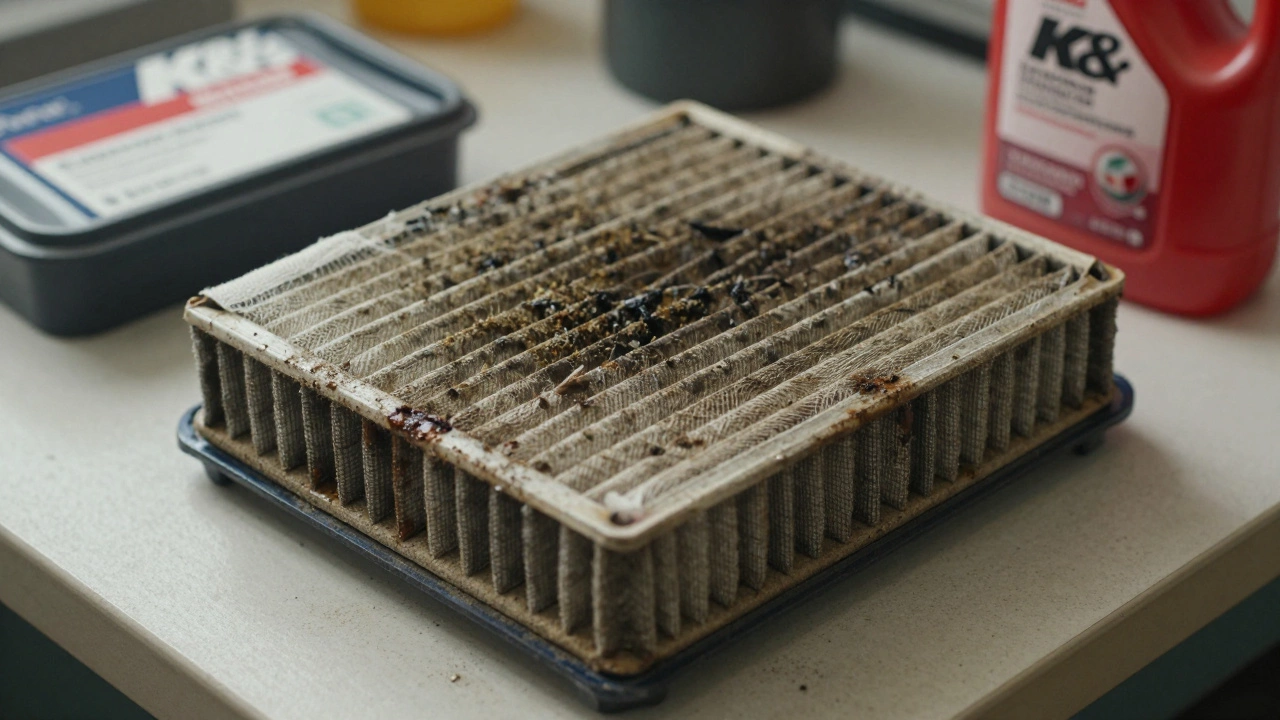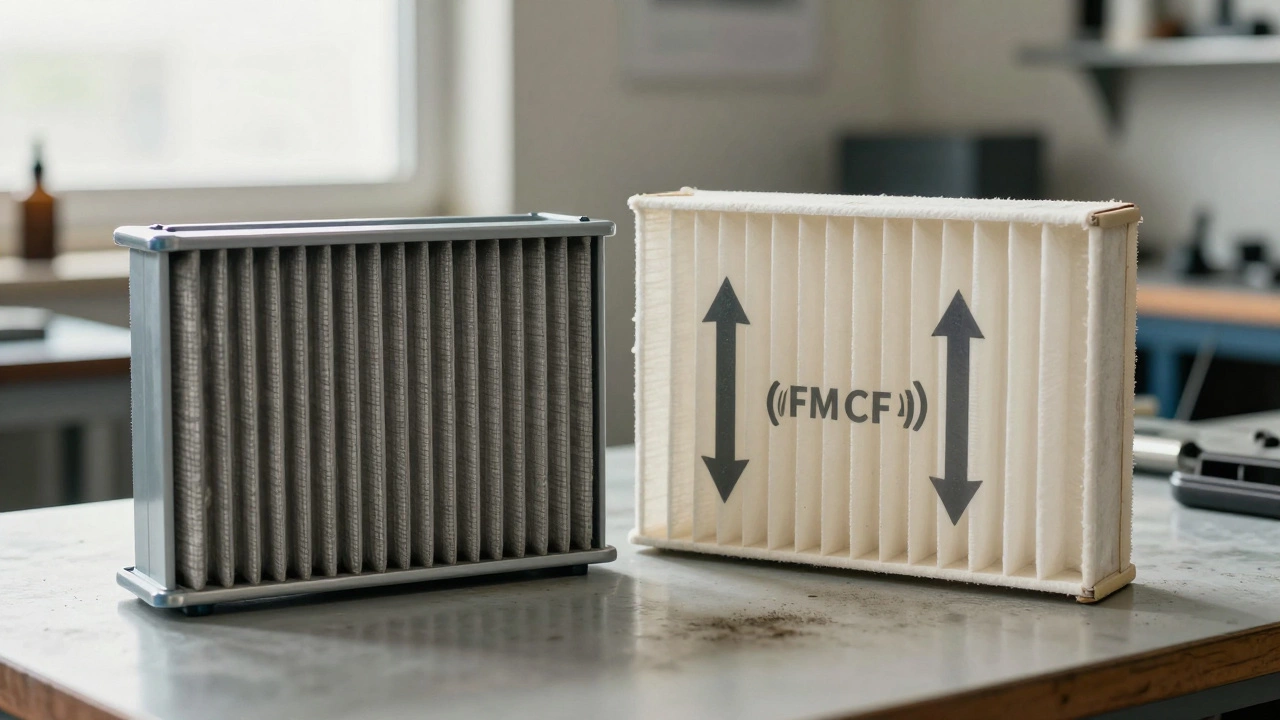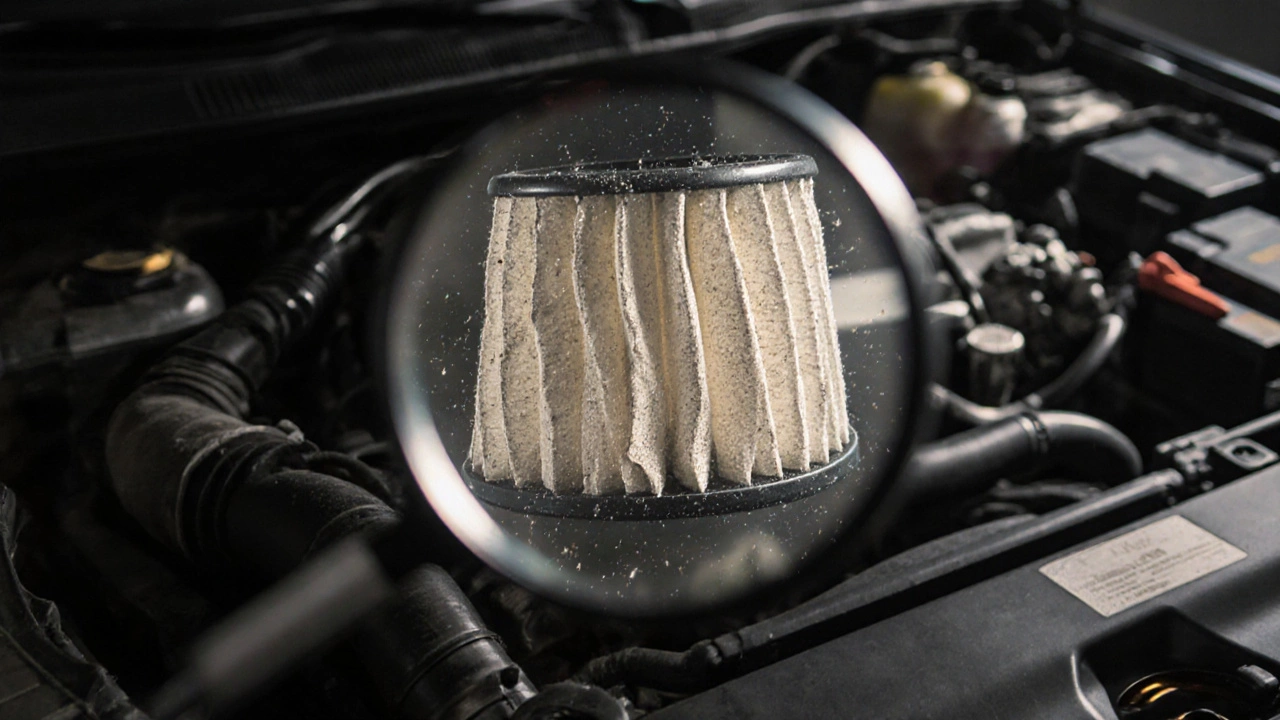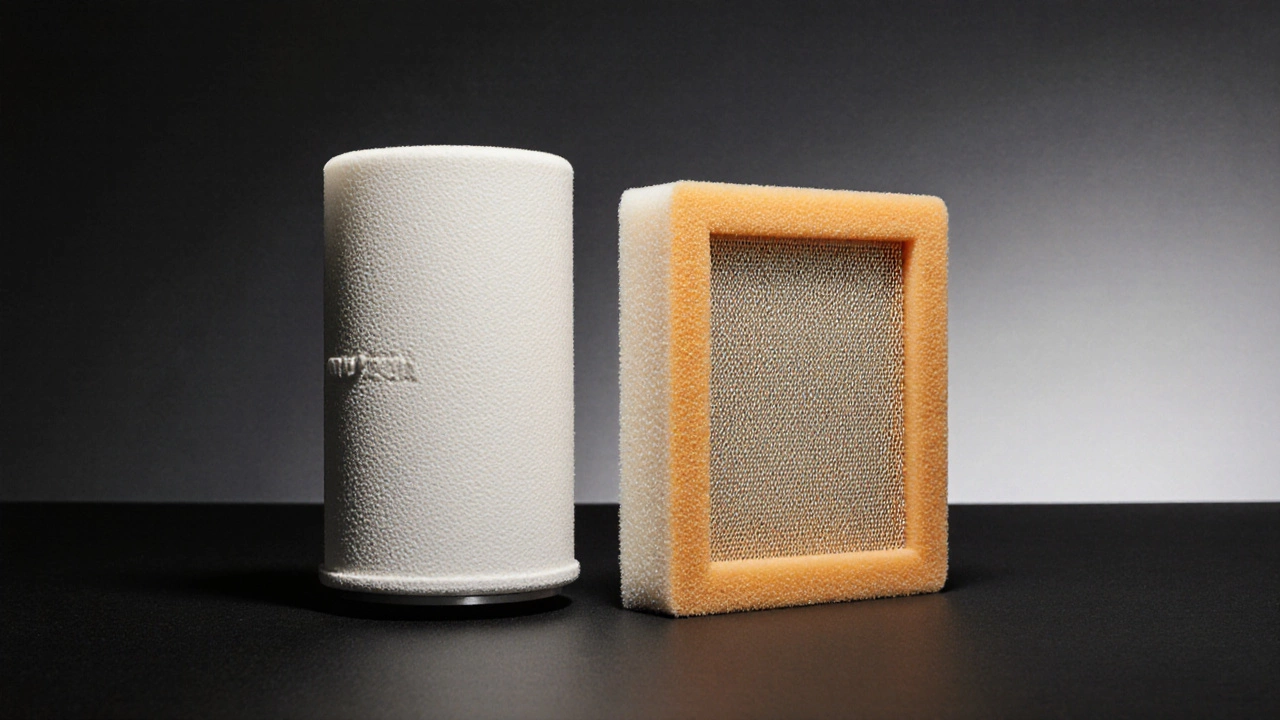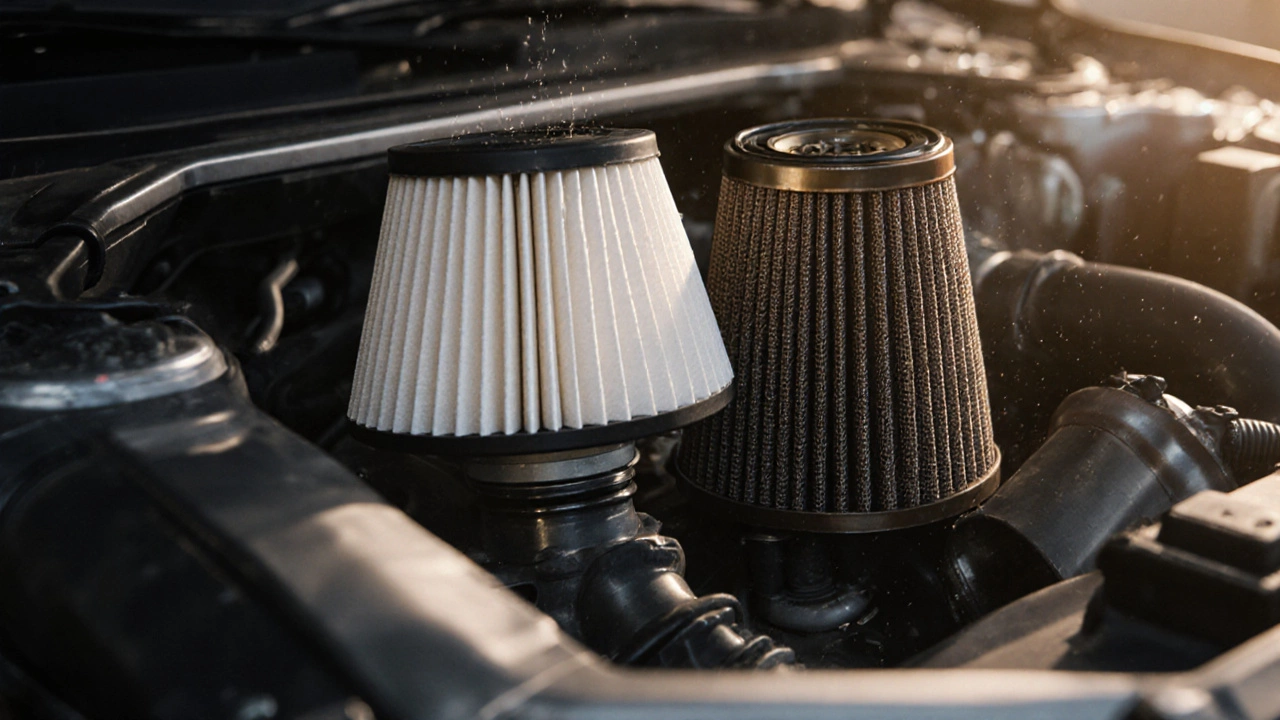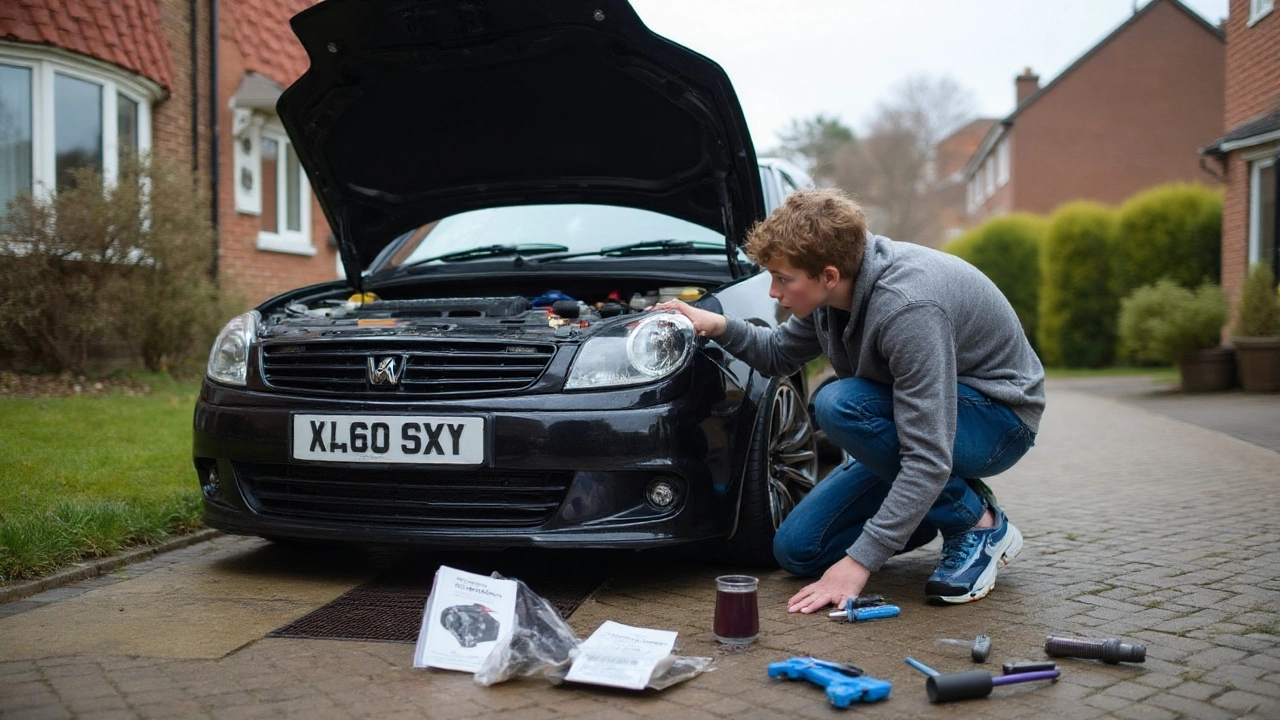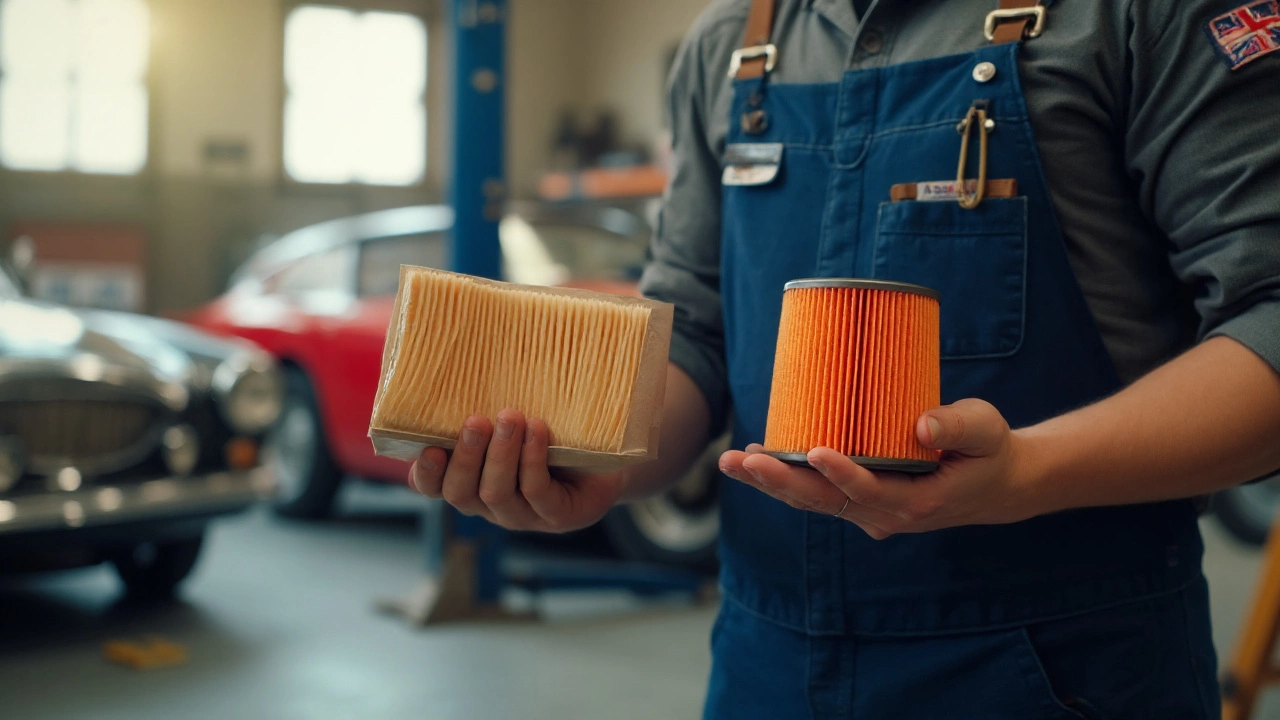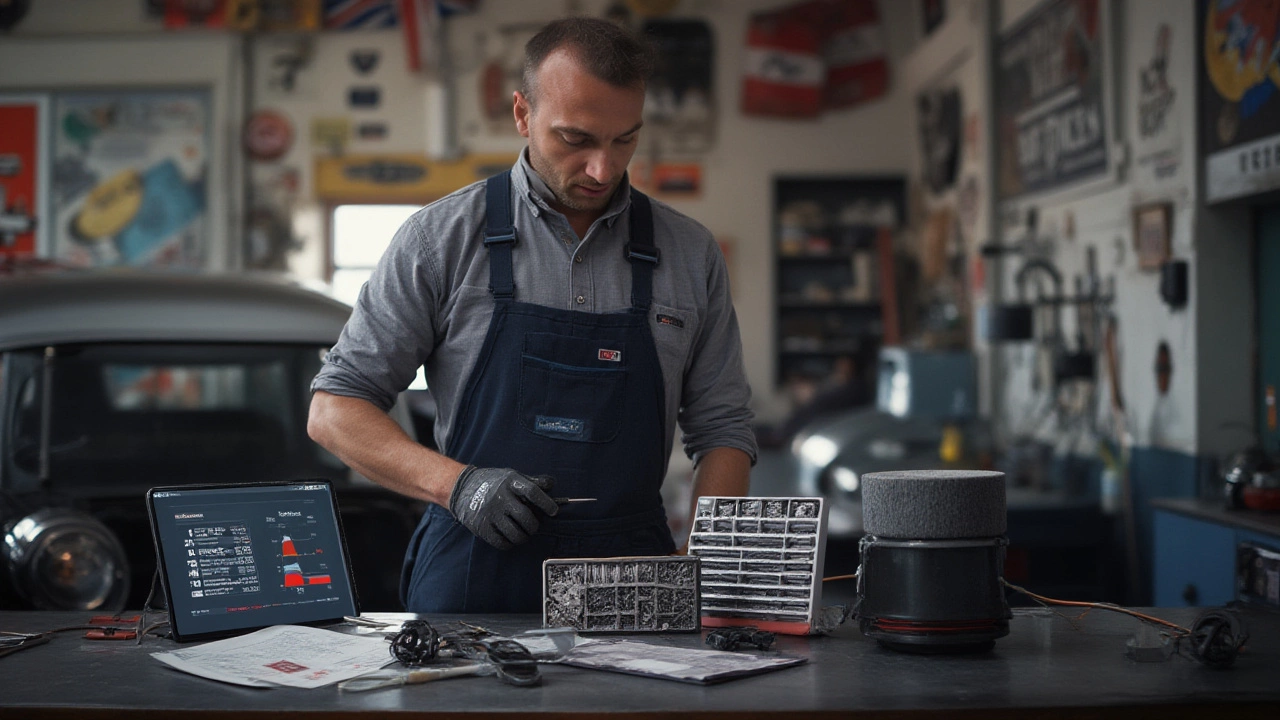Performance Parts: Simple Upgrades to Make Your Car Faster and Look Better
If you want a quicker, louder, or sharper‑looking ride, you don’t need a full engine rebuild. Swapping a few key parts can give you noticeable gains without breaking the bank. Most owners start with the stuff that affects airflow, exhaust flow, and suspension geometry because those are the easiest to fit and give the biggest punch.
Airflow Boost: Filters and Intakes
A cold air intake or a high‑flow performance air filter is the most common first step. A cold air intake draws cooler, denser air from outside the engine bay, which can shave a few horsepower and improve throttle response. You don’t always need a custom tune, but make sure the intake fits your car’s sensor setup – a poorly matched MAF sensor can cause rough idle. If you prefer a reusable filter, brands like K&N are popular; just remember to oil it correctly. Over‑oiling can mess with the MAF, while under‑oiling reduces filtration. Many drivers find a cotton‑based K&N filter adds a modest boost, but the real win is cleaner air and easier maintenance compared to cheap paper filters.
Exhaust, Suspension and Styling
Upgrading to a 3‑inch exhaust pipe is another frequent move. Bigger pipes lower back‑pressure, letting the engine exhale more freely. The result is a slight horsepower bump and a deeper note, especially at higher RPMs. Pair it with a proper muffler if you care about street legality. For a stance upgrade, lowering springs drop the car’s ride height by 1‑2 inches, tightening cornering feel and giving a aggressive look. Just watch the bump stop clearance to avoid bottoming out. Wheel spacers (1‑inch is a safe start) push the wheels outward, widening the track. This improves grip but adds stress to bearings, so use quality spacers and tighten nuts to spec. Finally, a carbon‑fiber spoiler only makes a difference once you hit highway speeds; below 70 mph the aerodynamic effect is minimal, but the visual impact can be huge for car shows.
When mixing these upgrades, keep the whole system in mind. A bigger intake works best with a freer exhaust, and a lowered stance benefits from stiffer springs to control body roll. Don’t install a high‑flow filter and ignore regular cleaning – a clogged filter will kill the gains you chased after. Most shops recommend checking the filter every 5,000 miles and re‑oiling a K&N filter once a year.
Safety is key. Anything that changes ride height or wheel position should be inspected for proper alignment. Misaligned wheels cause uneven tire wear and can affect handling. A quick alignment after installing lowering springs or spacers saves you headaches later.
Bottom line: start with the parts that affect airflow, then move to exhaust and suspension. Each upgrade adds a small piece to the performance puzzle, and together they turn an ordinary daily driver into a car that feels more responsive, sounds better, and looks sharper. You don’t need a full build to enjoy the benefits – just the right combination of filters, intakes, exhausts, and stance parts.
Ready to pick your first upgrade? Look for reputable brands, read a few real‑world reviews, and make sure the parts fit your specific model. With the right choices, you’ll notice the difference the next time you hit the road.
OEM air filters prioritize filtration over airflow, while performance filters boost engine breathing with reusable designs. Learn the real differences in power, cost, maintenance, and engine protection.
Performance air filters last 25,000-35,000 km with proper cleaning, but dirty filters can damage your engine. Learn real-world maintenance tips and when to replace yours.
Performance air filters can improve airflow, but only if they're clean and properly installed. Learn how CFM is affected, which filters actually help, and when they do more harm than good.
Higher priced air filters offer minimal performance gains for most cars and can increase engine risk. Learn why OEM filters are smarter for daily drivers and who actually benefits from aftermarket upgrades.
Explore the pros and cons of dry versus oiled air filters, covering performance, maintenance, cost, and ideal use cases to help you pick the right filter for your ride.
Explore if pricey high‑flow car air filters deliver real performance, fuel‑economy, and durability benefits, and learn when they’re worth the upgrade.
Discover how long a performance air filter lasts, what factors affect its lifespan, and how to maintain or replace it for optimal engine performance.
Wondering if a performance air filter is worth buying for your car? Find out how it compares to a normal filter and what choosing either will mean for your engine and ride.
Curious if a performance air filter actually adds real horsepower to your car? Discover practical power gains, myths, and expert insights with realistic results.
Curious if a 3-inch exhaust makes a difference? Get the lowdown on whether bigger pipes mean more power, better sound, or just wasted cash for your ride.


